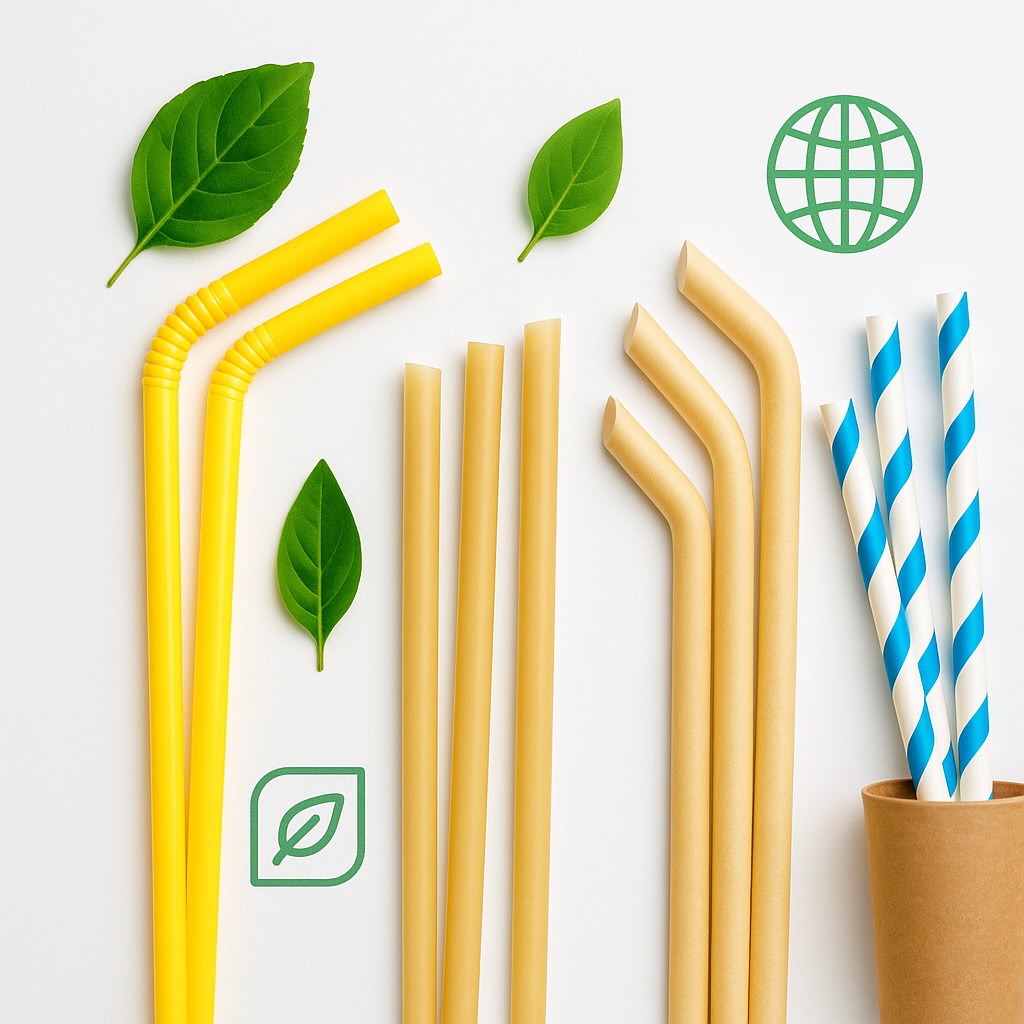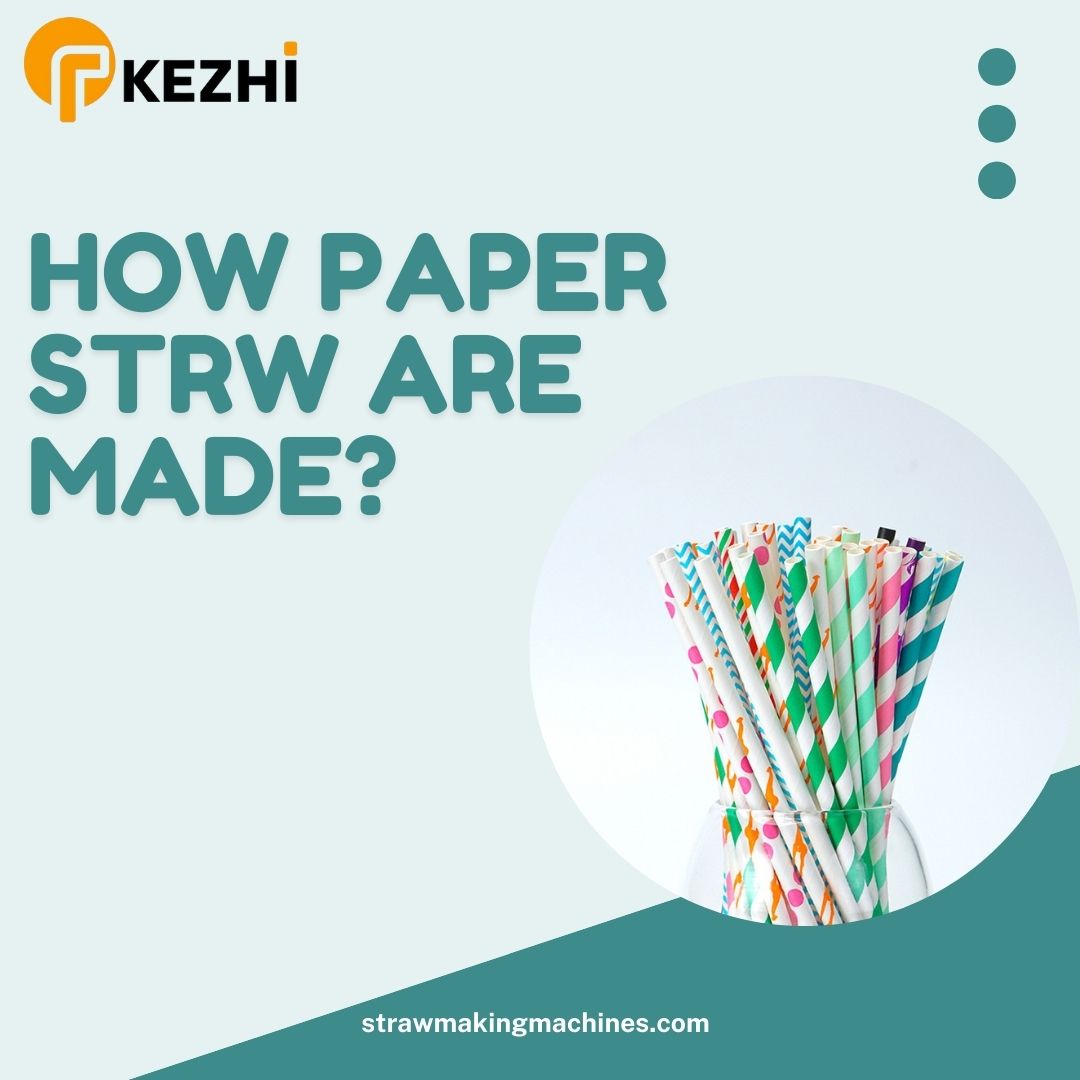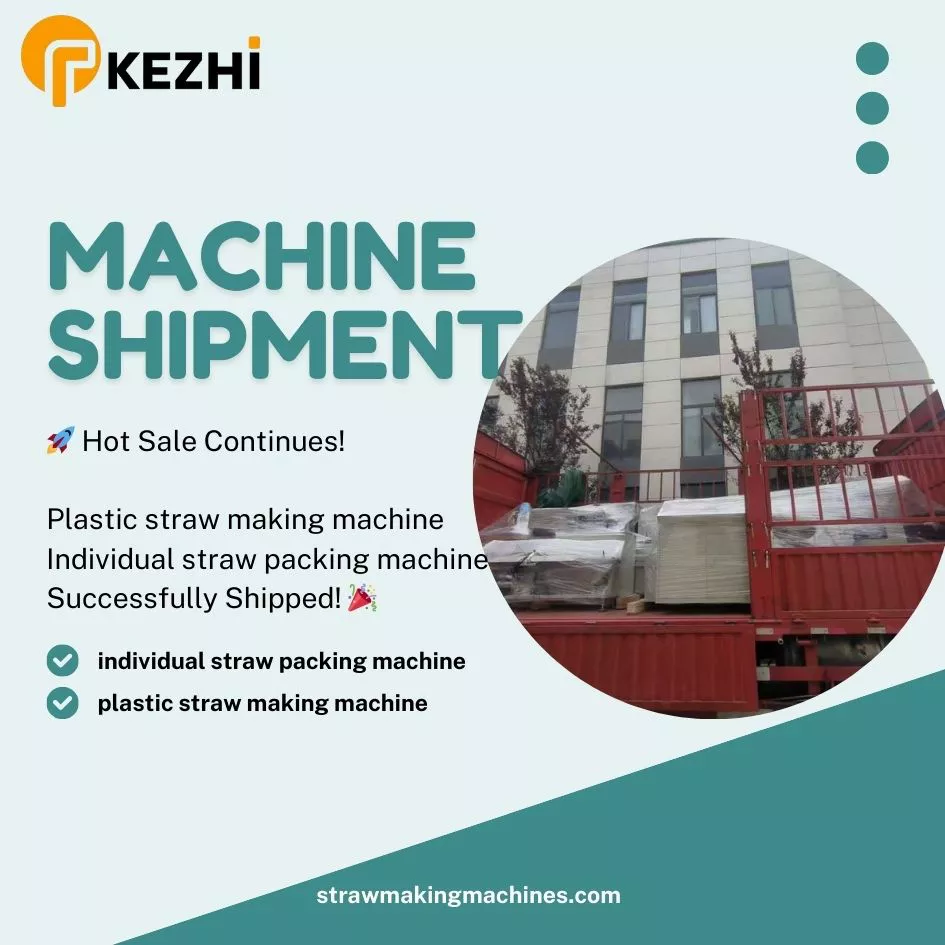As sustainability becomes a global priority, businesses and consumers alike are paying closer attention to the materials behind everyday products—including drinking straws. Whether you’re a café owner, a packaging distributor, or an eco-conscious consumer, knowing what straws are made of is essential for making informed choices.
In this article, we’ll explore the different materials used in straw production, including traditional plastics, biodegradable alternatives like PLA and PHA, and paper straws. Let’s break down what each material means and how it impacts both your business and the environment.
## What Are Plastic Straws Made Of?
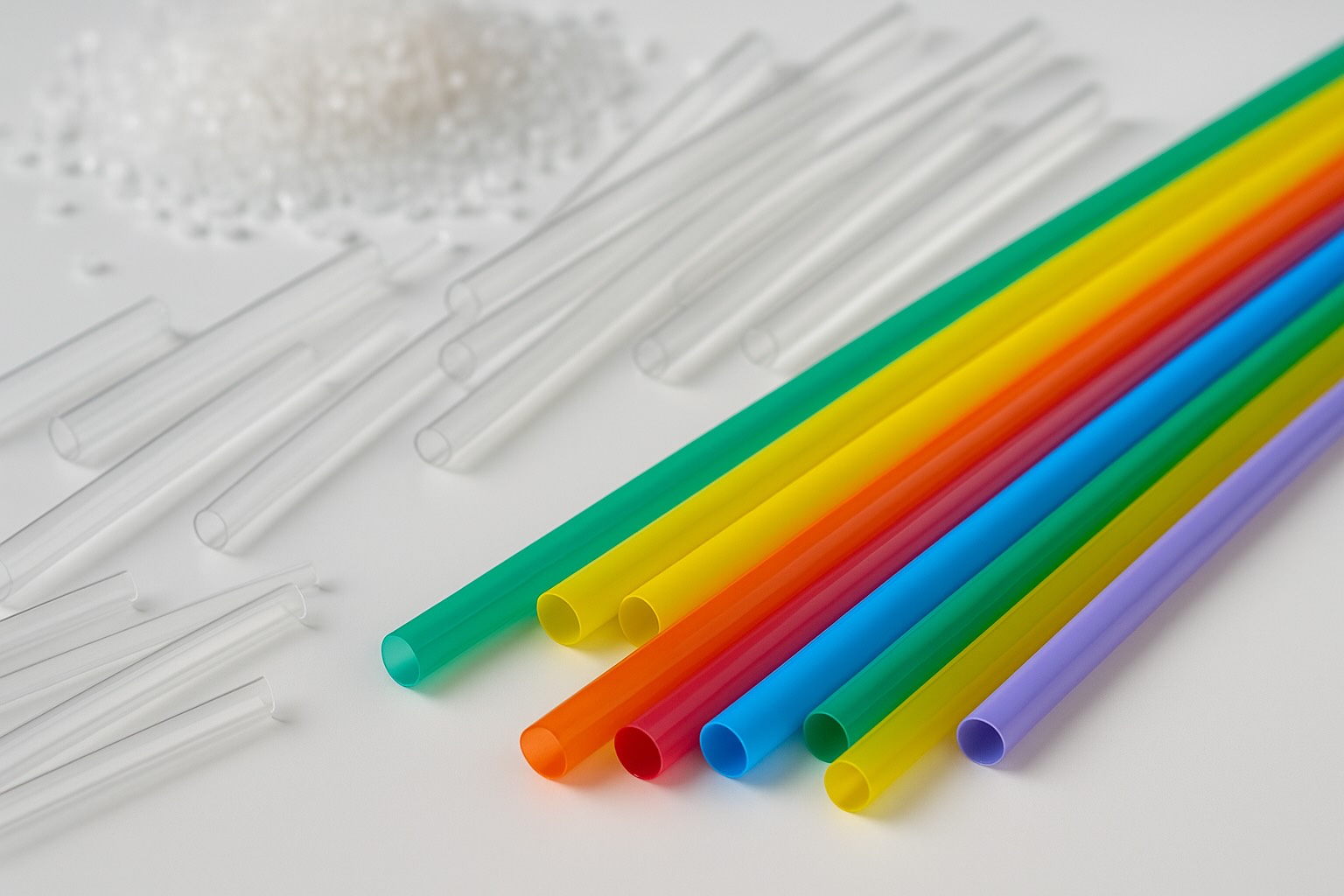{.alignnone}
Plastic straws are traditionally made from polypropylene (PP) or polyethylene (PE)—two common petroleum-based plastics.
• Polypropylene (PP): Known for its flexibility and durability. Widely used in flexible (bendy) straws and straight drinking straws.
• Polyethylene (PE): Often used for thicker, sturdier straws like smoothie or bubble tea straws.
Advantages:
• Low cost
• High strength
• Heat resistance
Disadvantages:
• Non-biodegradable
• Contributes to plastic pollution
• Increasingly banned in many regions
While plastic straws are still widely used globally, environmental concerns and regulations have significantly reduced their popularity, especially in Europe and North America.
## What Does PLA Straw Mean?
{.alignnone}
PLA stands for Polylactic Acid, a bioplastic derived from renewable resources such as corn starch or sugarcane.
Key Features of PLA Straws:
• Biodegradable under industrial composting conditions
• Transparent and smooth, similar to plastic
• Suitable for cold drinks
Limitations:
• Requires high temperatures (above 55°C) for composting
• Not suitable for hot liquids, as it softens above ~45°C
• Misleading labeling is common; not all “biodegradable” straws are truly compostable
PLA straws meaning in practical terms:
They’re an eco-friendlier option than traditional plastics but still require proper waste management systems to ensure they don’t end up as long-term waste.
## What Is PHA Straw?
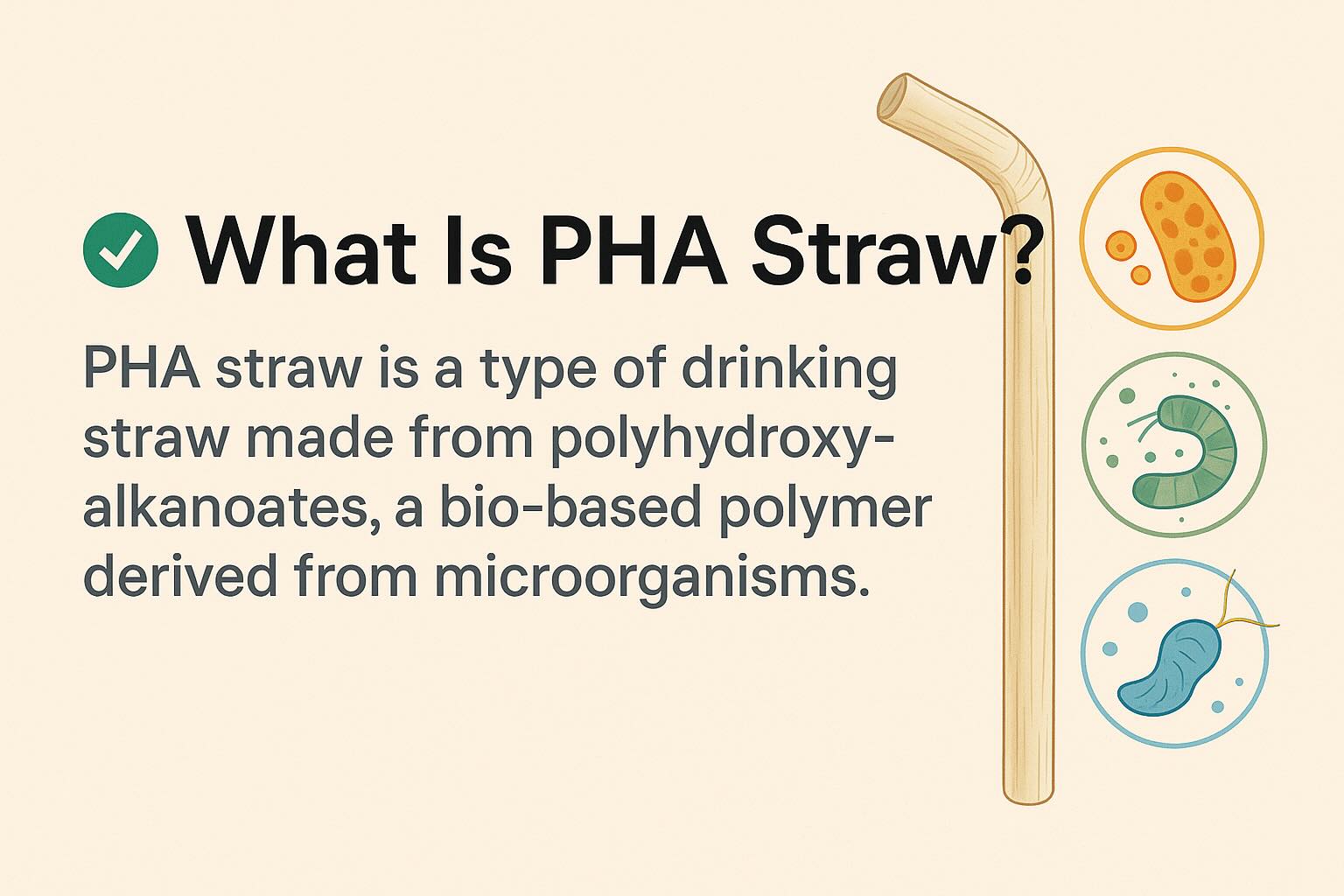{.alignnone}
PHA, or Polyhydroxyalkanoates, represents the next generation of biodegradable plastics. Unlike PLA, PHA is produced by bacterial fermentation of plant oils or sugars.
Key Advantages of PHA Straws:
• Truly biodegradable in both marine and soil environments
• Breaks down even in home compost systems
• Tolerates a broader range of temperatures than PLA
Challenges:
• Higher production costs than PLA or traditional plastics
• Limited availability compared to PLA
• Still a newer technology in the market
Businesses seeking a fully biodegradable straw option that doesn’t rely on industrial composting often consider PHA as a premium choice.
⸻
## Disposable Paper Straws: Classic and Eco-Friendly
Paper straws are perhaps the most recognizable alternative to plastic straws. They’re made from layers of food-grade kraft or white paper bonded with safe adhesives.
Benefits:
• Fully biodegradable and compostable
• Widely accepted by consumers and regulators
• Customizable with colors, logos, and patterns
Drawbacks:
• Can become soggy in liquids over extended time
• More expensive than plastic straws
• Some users dislike the taste or texture
Despite minor inconveniences, disposable paper straws remain a go-to solution for businesses striving to comply with plastic bans.
⸻
## Comparing Straw Materials: Which One Should You Choose?
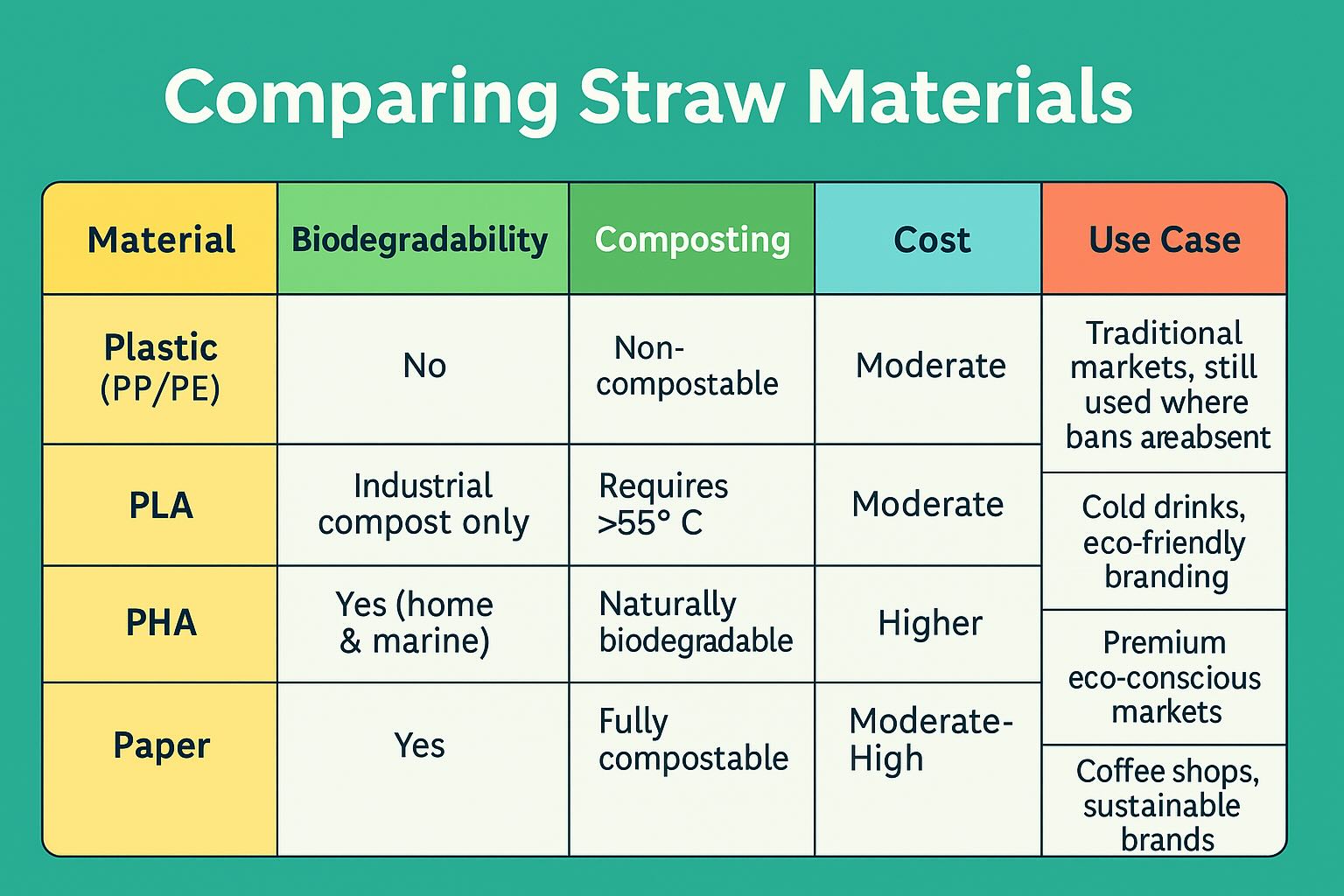{.alignnone}
⸻
## Why Material Matters for Your Business
* Regulatory Compliance: Many regions have banned single-use plastics, requiring businesses to shift to biodegradable alternatives.
* Brand Image: Consumers increasingly prefer businesses offering eco-friendly solutions.
* Cost Planning: Different materials vary in price and production requirements.
* Machinery Compatibility: Machines like a [PLA straw making machine](https://strawmakingmachines.com/pla-straw-making-machine/) or [paper straw forming machine](https://strawmakingmachines.com/paper-straw-making-machine/) may differ from traditional plastic straw machines.
At [KEZHI](https://strawmakingmachines.com/) Machine, we specialize in providing machinery tailored to each straw material type, whether you’re producing PLA straws, PHA straws, or classic paper straws.
## Conclusion
Understanding the materials behind drinking straws is crucial for businesses navigating today’s environmentally conscious market. While traditional plastics remain inexpensive, the shift toward biodegradable and compostable alternatives like PLA, PHA, and paper is gaining momentum.
If you’re considering entering the straw manufacturing business or updating your production line, now is the perfect time to explore sustainable options.
👉 Looking to produce eco-friendly straws? Contact KEZHI for customized solutions and expert advice. KEZHI provide different [straw making machines](https://strawmakingmachines.com/plastic-straw-making-machine/), [straw bending machines](https://strawmakingmachines.com/flexible-straw-making-machine/), and [straw packing machines](https://flexstrawmachine.com/straw-packing-machine-guide/) to meet your different needs.

